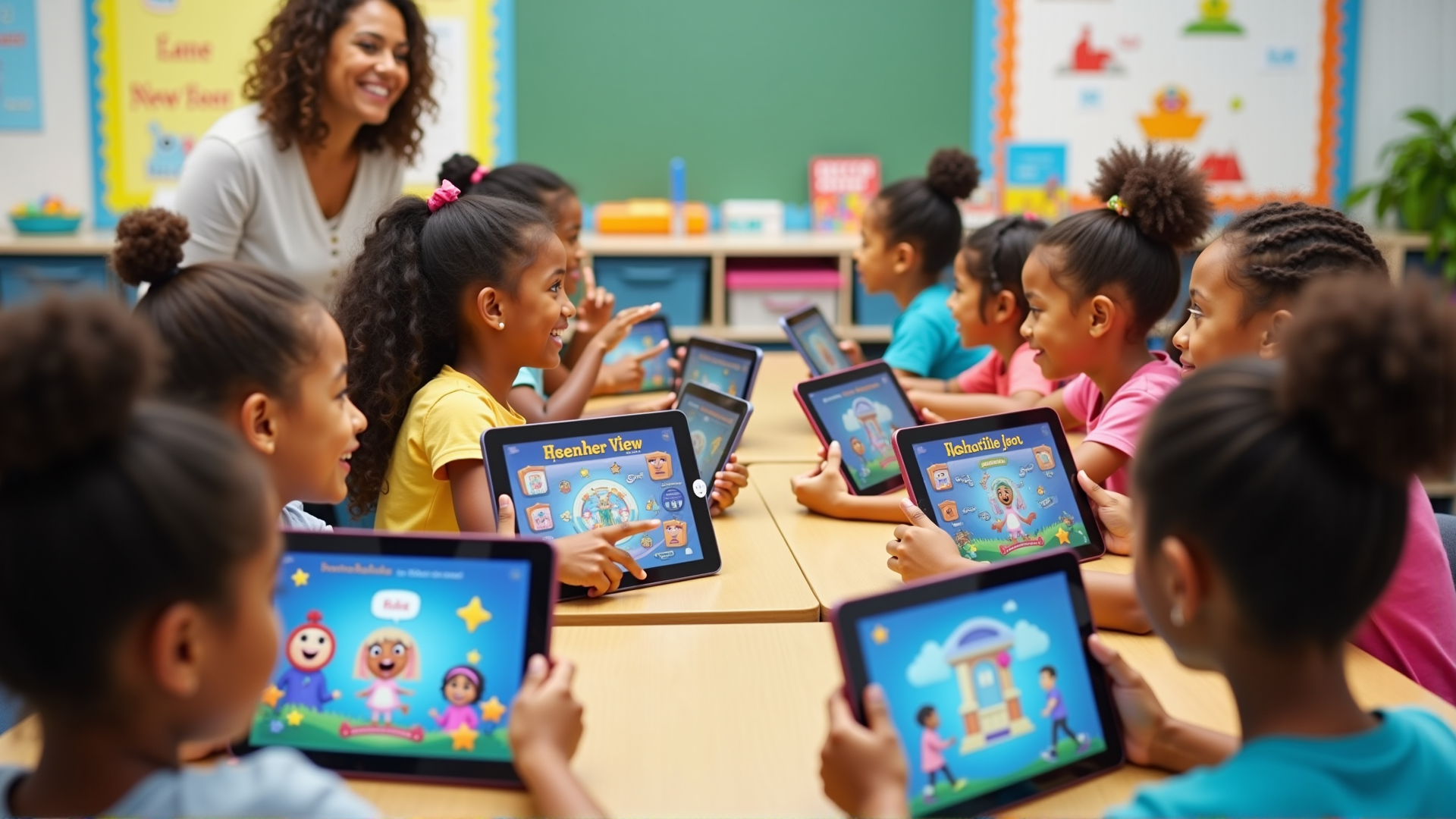In recent years, gamification has emerged as a powerful tool in revolutionizing educational systems worldwide. The integration of gaming elements into learning processes is transforming the way students engage with content, making education more interactive, enjoyable, and effective. By blending the structure of games with educational objectives, educators are crafting experiences that not only motivate students but also enhance their learning outcomes.
At the core of gamification is the idea of applying game-design elements such as points, levels, leaderboards, and rewards to non-game contexts. This approach taps into the natural human instincts for competition, achievement, and recognition, driving students to engage more deeply with the material. When students perceive learning as an entertaining and rewarding activity, their intrinsic motivation is significantly heightened, leading to better retention and understanding of the subject matter.
One of the significant benefits of gamification in education is increased student engagement. Traditional classroom settings can sometimes be monotonous, causing students to disengage or lose interest. By introducing gamified elements, lessons become more dynamic and compelling. For instance, a math class that incorporates a story-driven adventure game where students must solve equations to progress can maintain high levels of interest and participation.
Moreover, gamification caters to diverse learning styles. Visual and auditory learners, for example, benefit from the multimedia elements and sound effects that often accompany educational games. Kinesthetic learners, who learn best through hands-on activities, can engage with interactive simulations that require physical involvement. By providing multiple routes for learning, gamification makes education accessible and inclusive.
Feedback is another essential component enhanced by gamification. Games provide immediate feedback on performance, allowing students to recognize their strengths and areas for improvement. This instant feedback loop encourages a growth mindset, where students view challenges as opportunities to learn and develop rather than insurmountable obstacles. For example, a language app that uses gamified quizzes can provide instant corrections and hints, helping learners to quickly grasp language nuances.
Furthermore, gamification fosters a sense of accomplishment and progress. Just as players advance to higher levels after completing tasks in a game, students can experience a similar sense of achievement in a gamified learning environment. Earning badges for mastering topics or completing challenges builds confidence and encourages continued effort, promoting a culture of persistence and resilience.
Social interaction is another key element promoted by gamification. Many educational games are designed to encourage collaboration and healthy competition among peers, creating an environment where students can learn from each other. Features like leaderboards or team-based challenges foster a sense of community and collective achievement, enhancing the social aspects of learning.
However, implementing gamification in education is not without challenges. It requires careful consideration to ensure that the game elements align with educational goals and do not overshadow the content. Balancing entertainment with learning value is crucial to avoid creating superficial or distracting experiences. Additionally, technology infrastructure and training are necessary to effectively integrate gamified solutions into existing curricula.
Despite these challenges, the potential benefits of gamification in education are immense. By making learning more engaging and interactive, gamification not only enhances educational outcomes but also prepares students for a rapidly evolving world. As educational systems continue to innovate, leveraging gamification will be an instrumental strategy in shaping future generations of learners. Through this approach, educators can inspire a lifelong love for learning, nurturing curiosity and creativity in students everywhere.
